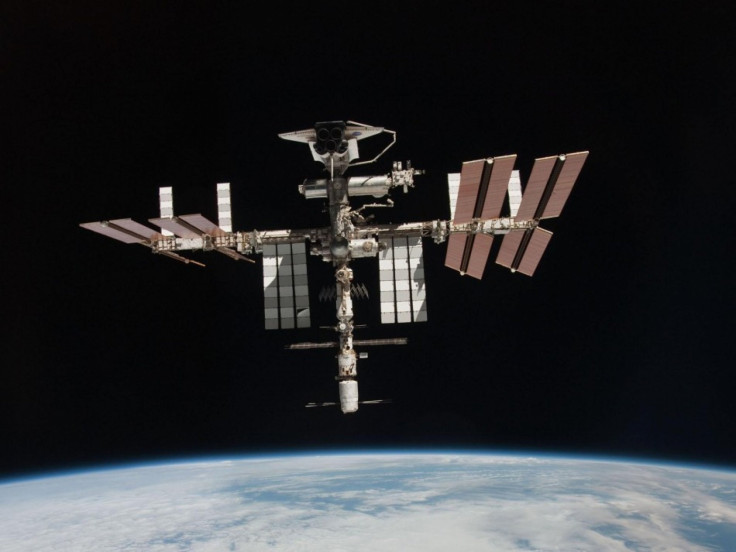NASA May Leave ISS Unmanned After Russian Rocket Crash

National Aeronautics and Space Administration (NASA) may leave the International Space Station (ISS) unmanned after the failure of a Russian Soyuz rocket last week is forcing the agency to consider its options.
If NASA kept ISS unmanned, it would be the first time in more than 10 years as the ISS has not been abandoned since November 2000. The failure of the Soyuz rocket is delaying upcoming launches to crews and cargo to the space station.
Meanwhile, station managers are weighing changes to the scheduled return of Expedition 28 Commander Andrey Borisenko and Flight Engineers Ron Garan and Alexander Samokutyaev on Sept. 8. One likely option would extend the crew members' mission to mid-September. The remaining crew members will still return at their planned landing time in November.
The unmanned ISS Progress 44 launched from the Baikonur Cosmodrome at 9 a.m. EDT (7 p.m. Kazakhstan time) Aug. 24 on a Soyuz U rocket, bound for the ISS. At 5 minutes and 25 seconds into flight, the Soyuz rocket, which was carrying about 3 tons of supplies to ISS experienced a third-stage engine shutdown due to an anomaly and crashed in Siberia.
The Progress resupply vehicle is an automated, unpiloted version of the Soyuz spacecraft that is used to bring supplies and fuel to the ISS.
There are enough supplies on board to last the crew into March without needing an additional cargo delivery, NASA said in a statement.
ISS Program Manager Michael Suffredini held a news conference at the Johnson Space Center discussing the loss of the resupply vehicle and the impact it may have on the program and the crew. There are plenty of supplies to support the crew, and the station is in a good configuration.
However, a Russian commission has been formed to investigate the root cause of the vehicle loss which may affect upcoming Russian spacecraft launches.
Suffredini said there has never been a Progress loss during the International Space Station Program. As of August 2011, the Russian Space Agency had launched 745 Soyuz-U launch vehicles. There have been 21 launch failures and 724 successes. The failure of the Progress cargo ship launch was the fourth Russian spacecraft lost in the past nine months.
Meanwhile, NASA is relying on the Russian spacecraft to get crew to or from the space station since it retired the U.S. space shuttle program in June.
NASA, on the other hand, is considering plans to pull astronauts off the $100 billion plus orbiting research facility if the Russian Soyuz rockets aren't ready to resume flight before the last of the present residents are scheduled to leave, at the latest by mid-November.
There are two Soyuz capsules docked at the ISS, each with seats for three passengers. The return of the first capsule has been postponed to Sept. 15 following the Russian rocket crash.
In addition, the Soyuz capsule is certified to operate for 200 days, and that time limit will expire in mid-November for the last three-member crew.
Space station officials hope that Russia's Soyuz rocket crash will be solved in time for the next slated launch of a Progress cargo ship, scheduled for late October, Space.com reported.
If NASA decides to evacuate ISS, it can do that as most of its functions can be controlled from the ground itself. But, there is always a risk of anomaly or any component malfunction with no astronauts available on orbit to fix it.
ISS, which is expected to remain in operation until at least 2020, and potentially till 2028, is the largest space station ever constructed and serves as a research lab to conduct experiments in biology, physics, astronomy and meteorology.
The ISS is operated by Expedition crews and has been continuously staffed since November 2000 - an uninterrupted human presence in space for the past 10 years and 300 days. As of June 2011, the crew of Expedition 28 is aboard.
The six astronauts, currently living on the space station, include Commander Andrey Borisenko and Flight Engineers Alexander Samokutyaev, Ron Garan, Mike Fossum, Sergei Volkov and Satoshi Furukawa.
© Copyright IBTimes 2024. All rights reserved.











